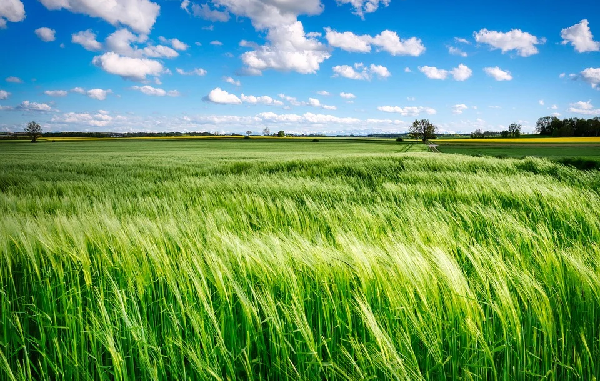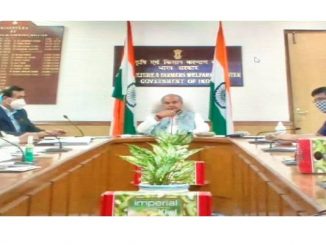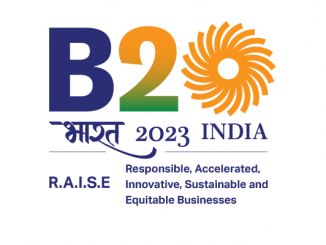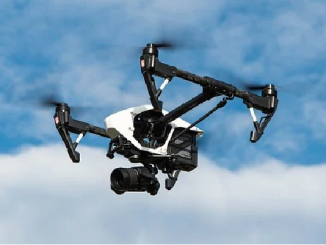
Aug 17: The Union Cabinet, chaired by the Prime Minister, Shri Narendra Modi has approved to restore Interest Subvention on short term agriculture loans to 1.5% for all financial institutions. Thus, Interest Subvention of 1.5% will be provided to lending institutions (Public Sector Banks, Private Sector Bank, Small Finance Banks, Regional Rural Banks, Cooperative Banks and Computerized PACS directly ceded with commercial banks) for the financial year 2022-23 to 2024-25 for lending short term agri-loans upto Rs 3 lakh to the farmers.
This increase in Interest Subvention support requires additional budgetary provisions of Rs 34,856 crore for the period of 2022-23 to 2024-25 under the scheme.
Benefits:
Increase in Interest Subvention will ensure sustainability of credit flow in the agriculture sector as well as ensure financial health and viability of the lending institutions especially Regional Rural Banks & Cooperative Banks, ensuring adequate agriculture credit in rural economy.
Banks will be able to absorb increase in cost of funds and will be encouraged to grant loans to farmers for short term agriculture requirements and enable more farmers to get the benefit of agriculture credit. This will also lead to generation of employment since short term agri-loans are provided for all activities including Animal Husbandry, Dairying, Poultry, fisheries.
Farmers will continue to avail short term agriculture credit at interest rate of 4% per annum while repaying the loan in time.
Background:
Ensuring hassle-free credit availability at cheaper rate to farmers has been the top priority of Government of India. Accordingly, Kisan Credit Card scheme was introduced for farmers, to empower them to purchase agriculture products and services on credit at any time. To ensure that the farmers have to pay a minimal interest rate to the bank, the Government of India introduced Interest Subvention Scheme (ISS), now renamed as Modified Interest Subvention Scheme (MISS), to provide short term credit to farmers at subsidized interest rates.
Under this scheme, short term agriculture loan upto Rs. 3.00 lakh is available to farmers engaged in Agriculture and other allied activities including Animal Husbandry, Dairying, Poultry, fisheries etc. at the rate of 7% p.a. An additional 3% subvention (Prompt Repayment Incentive – PRI) is also given to the farmers for prompt and timely repayment of loans. Therefore, if a farmer repays his loan on time, he gets credit at the rate of 4% p.a. For enabling this facility to the farmers, Government of India provides Interest Subvention (IS) to the Financial Institutions offering this scheme. This support is 100% funded by the Centre, it is also the second largest scheme of DA&FW as per budget outlay and coverage of beneficiaries.
Recently, under the Aatmanirbhar Bharat campaign, over 3.13 Crore farmers have been issued new Kisan Credit Card (KCC) against the target of 2.5 Crore. Special initiatives such as the KCC Saturation Drive for farmers enrolled under PM-KISAN scheme have also simplified the process and documentation involved for getting the KCC sanctioned.
Keeping in view the changing economic scenario, especially increase in the interest rate and lending rates for the financial institutions especially Cooperative Banks and Regional Rural Banks, The Government has reviewed the rate of Interest subvention provided to these Financial Institutions. It is expected that this will ensure adequate credit flow in agriculture sector to the farmer as well as ensure financial health of lending institutions.
To address this challenge, Government of India has proactively decided to restore Interest Subvention on short term agriculture loans to 1.5% for all financial institutions.
Disclaimer: We donot claim that the images used as part of the news published are always owned by us. From time to time, we use images sourced as part of news or any related images or representations. Kindly take a look at our image usage policy on how we select the image that are used as part of the news.


